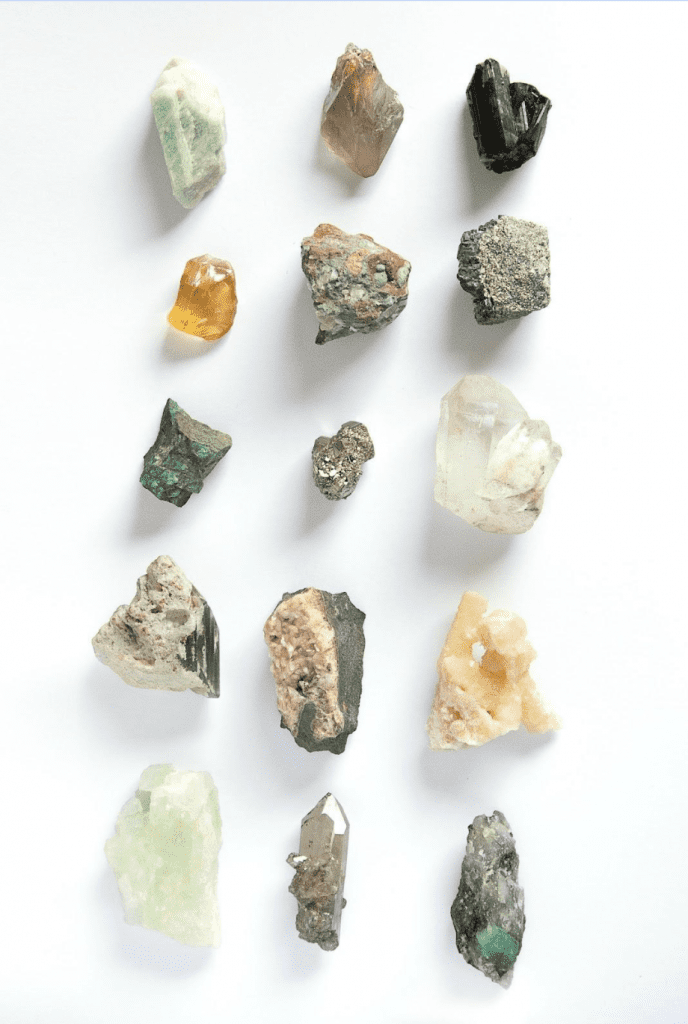The manufacturing industry has grown exponentially over the last decade. In today’s world, manufacturers tend to pull in a significant annual profit and impact the economy despite the heavy expenses allocated to production and supply. In fact, according to NAM calculations, for every $1 spent in manufacturing, another $2.79 is added to the economy.
Today, more and more manufacturers are entering the competitive market and carving out new niches. However, one niche that has shown a lot of potential is the wedding product industry.
As a new manufacturer looking to break even in the market, venturing into wedding product manufacturing might be just what you need to stay on top of the competition. Apart from getting the opportunity to cater to Latin brides and interesting personalities from other nationalities, you’ll also get to enjoy the profitability that comes with this niche.
In this guide, we’ll focus on scaling through manufacturing in general and the best practices to employ as a wedding product manufacturer.

Tips for Scaling Up Manufacturing and Navigating the Competition
One of the major challenges every manufacturer faces is stiff competition – primarily from larger enterprises. However, you can be more adaptive and devise measures that will help you run rings around the competition, such as:
Focus on supply chain management
Today, manufacturing supply chains are becoming increasingly complicated due to numerous factors, such as overseas shipping or multiple suppliers. For instance, manufacturers who have to ship items to different countries have to deal with more complexities (customs, shipping costs, logistics) than manufacturers who only handle domestic sales.
As such, it’s essential to lay down adaptive measures that will help you deal with a supply chain breakdown even before it happens. For instance, you could have alternative product suppliers. This way, if or when your major supplier fails, there won’t be a total halt in the supply chain.
Increase workshop productivity
To survive in the manufacturing industry and beat the competition, you’ll need to increase workshop productivity and efficiency. But how can you do this? Well, it’s simple.
You’ll need to figure out the type of BOM (Bill of Materials) that you need for starters.
A Bill of Materials (BOM) is simply an inventory of all the raw materials, components, sub-assemblies, and quantities needed to manufacture a product. Think of it as the food recipe of the manufacturing industry, if you will.
There are several types of BOMs, and the kind you’ll need largely depends on your product. For instance, if you’re producing a wedding shoe, you’ll most likely need a single-level BOM. On the other hand, if you’re building something more complex such as a laptop, you may need a multi-level one.
Similarly, you can also increase workshop productivity by sorting out tools and ensuring adequate production planning.
Best Practices to Employ as a Wedding Product Manufacturer
Now that we’ve covered the general manufacturing tips, it’s time to look into specific practices that you should be implementing as a wedding product manufacturer. The first thing to note is that the wedding industry is a booming one with a lot of untapped potential. According to Market Research, the wedding industry has registered revenue of about $72 billion in 2016.
Every year, millions of couples worldwide tie the knot, which shows that you already have a large client base. Now, here are some tips that will help you attract and cater to the needs of this demographic:
Have consignment inventory
Consignment inventory is a great supply chain strategy for wedding product manufacturers looking to scale through the competitive market. But what exactly does it entail?
Put simply, consignment inventory is a situation where a consignor (the manufacturer or vendor) stores their products in a consignee’s (retailer) inventory. It involves giving your product to a seller who can help hold and sell it to customers out of your reach. The consignee only gets to pay for the product after it has been sold.
As a wedding product manufacturer, you certainly can’t get all intending couples to know about your products or even try them out. However, by putting them on the shelves of a reputable bridal or fashion retailer, you can get your products into your customers’ hands quicker.
Keep seasonality in mind
As a wedding product manufacturer, it’s essential to update your products seasonally to match the types of weddings that most couples would be planning. For instance, if it’s almost spring, you’ll want to produce and release spring-themed wedding accessories or gowns. During the winter, you could create bridal gowns made from thicker materials to match the season.
This seasonal-inspired change/update could sometimes be as simple as manufacturing products with colors that match the season. Whatever path you decide to take, matching your products with the season will definitely help to increase your annual sales and profit.
Final Thoughts
There you have it: the ultimate guide to surviving in the wedding product industry and the manufacturing industry as a whole. It’s a dog-eat-dog world out there, and as such, you’ll need to be adequately prepared to meet industry standards and beat the competition.
Fortunately, these tips outlined above will set you off on the right path to success.
Good luck!







